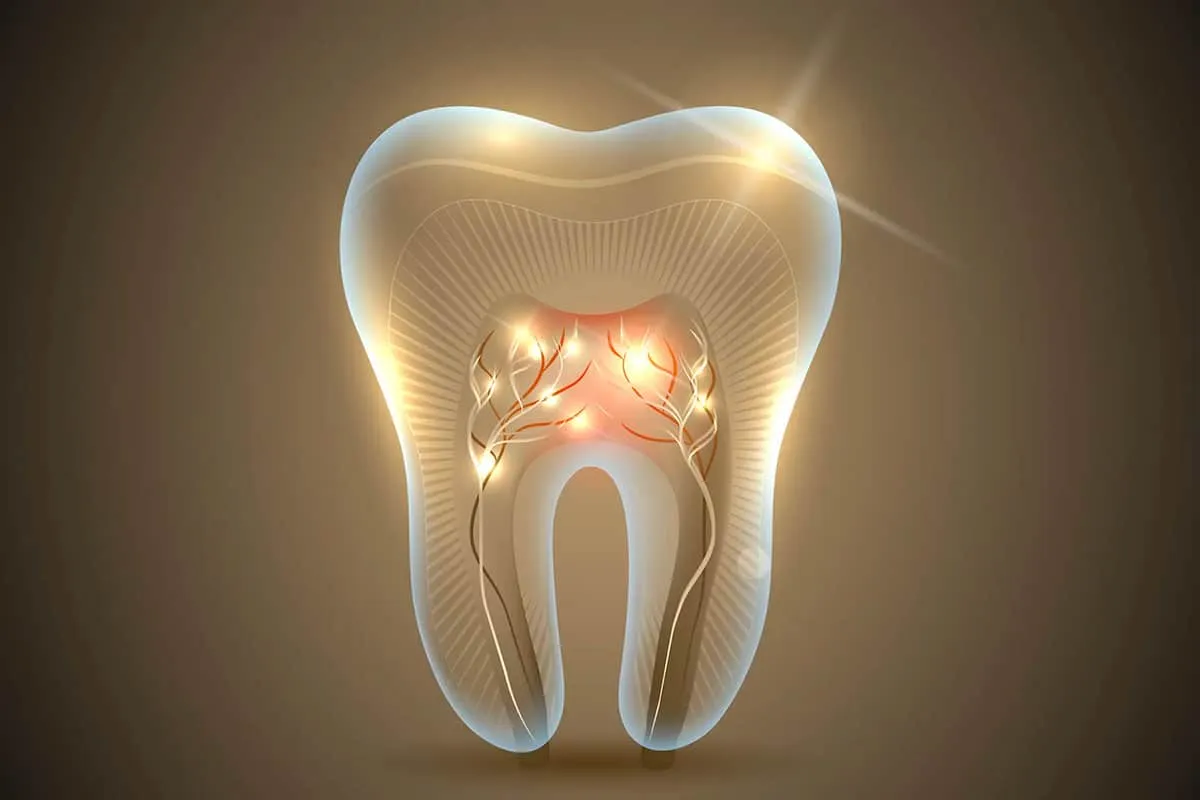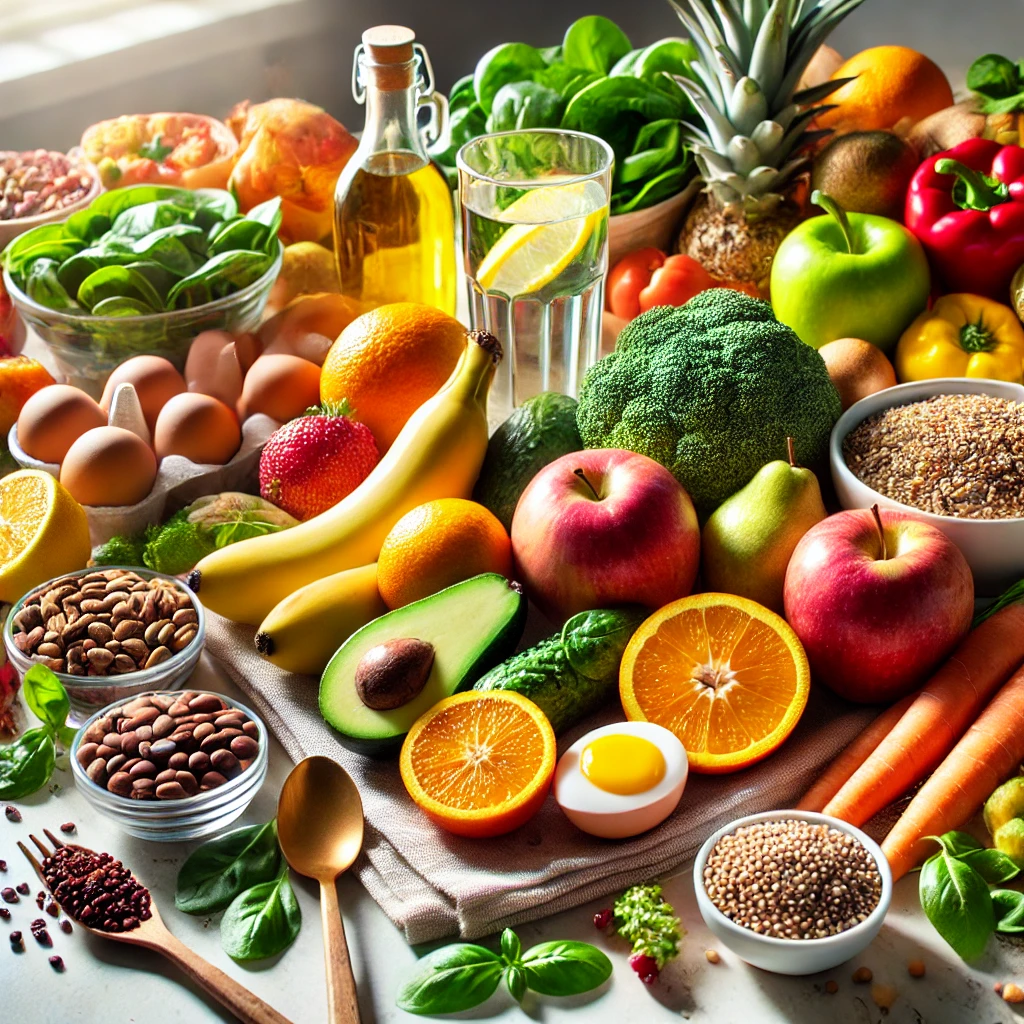Renal colic, also known as kidney stone, is a common condition that affects the urinary system. Kidney stones form when crystals stick together in the urine and grow into solid masses. These masses can be of different sizes and shapes, and can cause severe pain and serious complications. In this article, we’ll look at the symptoms, causes, and treatments for renal colic.
Symptoms
Symptoms of renal colic can vary depending on the size and location of the kidney stones. Common symptoms include:
- Severe pain in the lower back or on one side of the body. The pain may radiate to the abdomen or groin and may be described as a sharp, stabbing, or throbbing pain.
- Nausea and vomiting.
- Blood in the urine, which may be visible to the naked eye or detected by laboratory examination.
- Frequent need to urinate or difficulty urinating.
- Fever and chills, which may indicate an associated infection.
Causes
Kidney stones form when certain substances in the urine, such as calcium, uric acid, and oxalate, concentrate and crystallize. Factors that increase the risk of developing kidney stones include:
- Dehydration, which can lead to an increased concentration of minerals in the urine.
- Diet high in salt, sugar, and animal protein, which can increase the concentration of minerals in urine.
- Obesity, which can increase the production of uric acid and the concentration of calcium in the urine.
- Family history of kidney stones.
- Diseases such as gout, inflammatory bowel disease and kidney disease.
- Use of certain medications, such as diuretics and anticonvulsants.
Treatments
Treatments for renal colic are aimed at relieving pain, making it easier to pass kidney stones, and preventing kidney stones from coming back. Treatments include:
- Pain medications: Painkillers such as ibuprofen and paracetamol can help relieve pain. In more severe cases, stronger medications, such as morphine, may be needed.
- Intravenous therapy: Intravenous medications can help relieve pain and prevent vomiting.
- Extracorporeal shock wave lithotripsy (ESWL): This technique uses shock waves to break up kidney stones into small pieces that can be easily passed through urine.
-
- Ureteroscopy: This procedure uses a small endoscope to access the ureter and bladder to remove kidney stones. It is often used for medium-sized kidney stones.
- Percutaneous nephrolithotomy: This technique involves inserting a thin tube into the kidney through the skin to remove kidney stones. It is often used for large kidney stones or for kidney stones that cannot be treated with LECO or urethroscopy.
- Hydration: Drinking plenty of water is essential to help eliminate kidney stones and prevent their future formation. Doctors may recommend that patients drink enough water to produce about two liters of urine per day.
- Dietary changes: Patients may be asked to change their diet to reduce the risk of new kidney stones forming. Dietary changes may include reducing the intake of salt, sugar, and animal protein, as well as increasing the consumption of fruits and vegetables that are high in water and fiber.
- Medicines to prevent kidney stones: Medicines may be prescribed to help prevent the formation of new kidney stones by reducing the concentration of minerals in the urine or preventing their accumulation. Commonly used medications include diuretics, crystallization inhibitors, and urine alkalizing agents.
Conclusion
Renal colic can be a painful and disabling condition, but it can be successfully treated with appropriate medical interventions. Treatment will depend on the size, location, and composition of the kidney stones, as well as the severity of the symptoms. Patients can also take steps to prevent new kidney stones from forming by staying hydrated and eating a healthy diet. If you suffer from lower back pain or symptoms associated with renal colic, see a doctor for proper diagnosis and treatment.




Comments are closed.